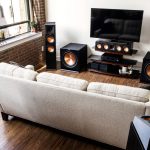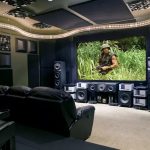A wide range of speakers, presented on the modern market, often confuses the buyer. An unprofessional user of audio equipment can hardly formulate the differences between a soundbar and a home theater (DK), and choosing the most suitable device will probably become an impossible task for him.
Today we will discuss the main technical characteristics that distinguish the most popular types of equipment of the segment in question from each other. In addition, the following article will formulate the objective advantages and disadvantages of using home theaters, soundbars, music centers and individual speaker systems, as well as arguments in favor of choosing a particular device depending on the expected conditions of its operation.

Soundbar
The design of the soundbar is a horizontally oriented, as a rule, plastic case, which is connected by the user to the power supply network and signal source. Its main purpose is considered to be "amplification" of the sound capabilities of a TV or other major audio equipment. Depending on the configuration, this device can be equipped with an additional subwoofer, emphasizing the low frequencies of the reproduced range.
By the method of connecting to the signal source, the simplest soundbars are traditionally classified into:
- active (direct connection via a connector specially designed for the device);
- passive (connected via an AV receiver).
In addition to devices with a minimum set of capabilities, manufacturers offer customers and gadgets with "advanced" functionality. So, in addition to replacing regular TV speakers, the soundbar can be one of the elements of a home theater system or in some cases act as a separate speaker system.
Among the obvious advantages of its use are:
- compact design size;
- support for a sufficient number of digital formats;
- built-in players for playing audio and video content.
To form a complete picture of the appropriateness of purchasing the type of devices in question, it is worth noting the significant disadvantages of its operation:
- the possibility of correct operation of the device solely when it matches the diagonal of the screen of the gadget on which the picture is displayed;
- insufficient sound power;
- lack of the ability to create the effect of "surround" sound.

Home cinema
The home cinema system is a set of audio and video equipment designed to create the atmosphere of a “professional cinema” at home. Traditionally, the basic equipment of a recreation center implies the presence of a signal source; an amplifier; AV receiver (optional); speaker system; functional cables; display devices "output" signal. As you can see from the above information, the technology in question is distinguished from similar devices by its complete set. In other words, buying a home cinema system in an apartment or a house, the user will not have to think about buying additional equipment, for example, speakers to an existing screen or an appropriate signal source for already acquired speakers and so on.
Multichannel playback of audio and video streams at home theaters is usually denoted in the format “xx” (for example, 5.1 or 7.2), where the first number is the number of speakers and the second is subwoofers.
In addition to the complete set of the DC system, the main advantages of its use are also:
- Reproduction of the highest quality sound, combined with additional effects;
- the ability to adjust at your discretion the picture and sound "output";
- compatible with the vast majority of digital formats and media.
Intending to pay a large sum of money for the purchase of a home theater, it is advisable to keep in mind its shortcomings, which each user will most likely have to face:
- the need to install and configure the system with special services, due to its high complexity for the layman;
- high price for a high-quality full set of equipment;
- the need for a large area of free space in the room for the correct integration of acoustic elements.
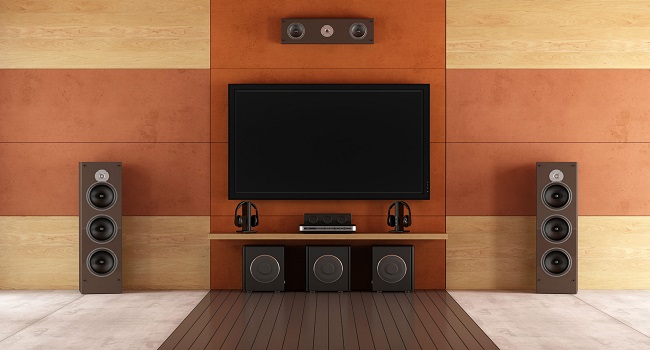
Music Center
Given the name of the device in question, it is logical to assume that the musical center refers to an element of the speaker system that is capable, depending on technical characteristics, of playing or recording audio content. Based on the specifics of the functionality of such devices, manufacturers are trying to make their product compatible with the maximum number of digital formats stored on various media.
The main classification of music centers is considered to be their difference in size and appearance of the structure. According to such indicators, the technique of the segment in question is divided into:
- microsystem (compact monoblock design);
- mini-system (usually used at home and are a monoblock or block design of medium size);
- midisystem (such block systems are traditionally installed in clubs or nightclubs, due to their impressive size and high power indicator).
Having made the decision to purchase a music center, it is important for the user to remember the possible inconveniences of its use, which you will most likely encounter in practice. This is about:
- the high cost of truly high-quality multifunctional systems;
- impressive dimensions of the structure in the presence of additional amplifiers or a subwoofer;
- inability to play videos in 4K format.
However, ultimately deciding to purchase a music center, the user will appreciate it:
- the ability to work correctly with "obsolete" digital media, in particular cassettes or vinyl records;
- Built-in multiple audio stream playback channels;
- a wide range of price categories.
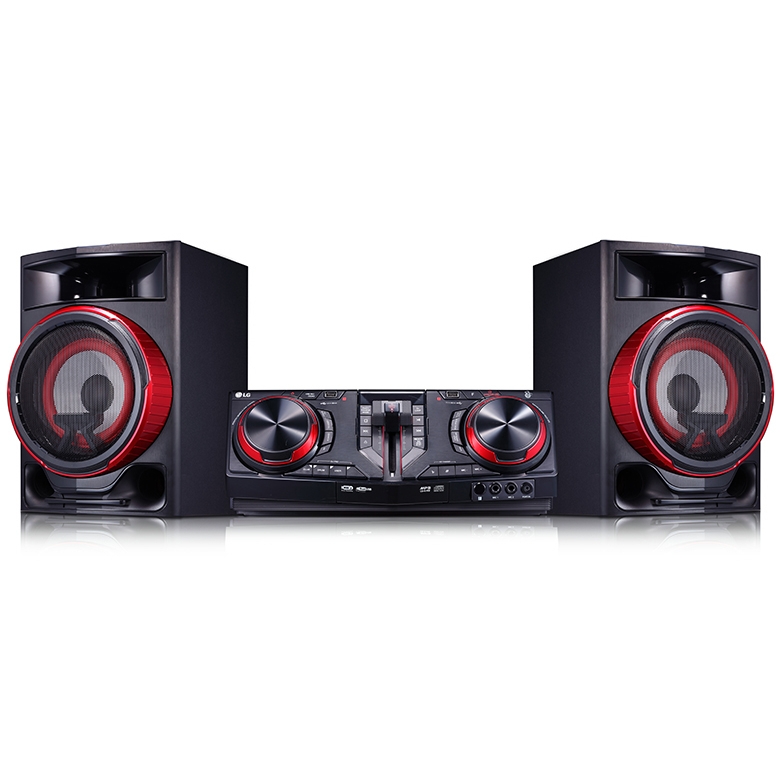
acoustic systems
Acoustic systems can be either a separate type of equipment or an element of a set of devices for a home theater. This type of gadget, as a rule, means powerful speakers and a subwoofer, responsible for high-quality low-frequency transmission. By the method of their fastening, they are traditionally classified into:
- floor;
- shelf;
- satellite;
- wall mounted;
- recessed.
And according to their functionality and location, they can be divided into:
- elements of the central channel;
- rear;
- landscape;
- “All-weather”.
Despite the outward simplicity of the technique of this type, its operation entails a number of objective advantages for the owner:
- long term correct operation of the purchased device;
- autonomous "tuning" of the amplifier power to the parameters of the system speakers;
- stable "clean" transmission of the frequency range.
However, users of acoustic systems also note some shortcomings, which a potential buyer should know in advance to make an informed decision on the acquisition of equipment of the segment in question. Most often, a peculiar inconvenience in use is delivered by:
- the difficulty of replacing the amplifier design in case of failure;
- the impossibility of calibrating frequencies at your discretion;
- narrowly targeted functionality.
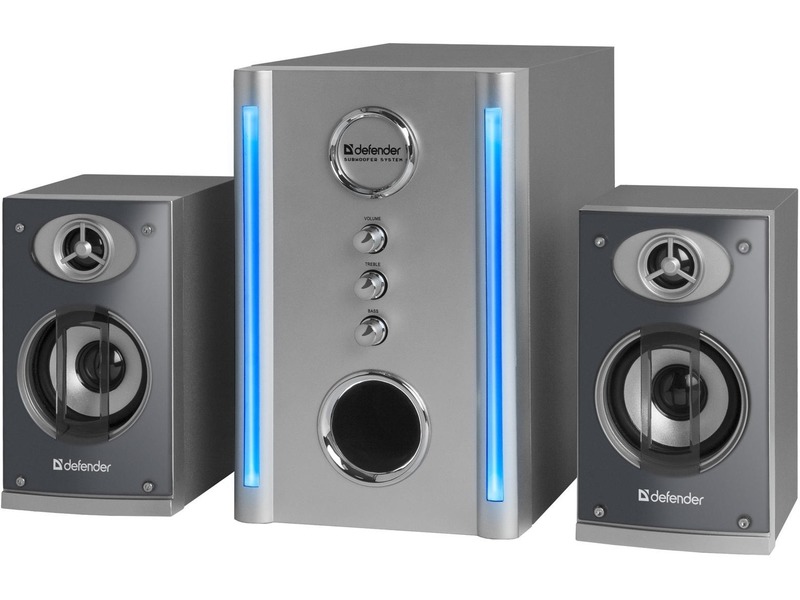
What to choose
As you can see from the above information, each device has its pros and cons. However, it is obvious that against the background of "competitors", the home theater is the undisputed leader. Why? Everything is simple.
- When buying a recreation center system, the user is given the opportunity to equip the room of his house with audio equipment at a bargain price, in comparison with the total cost of each device individually.
- Unlike the soundbar, the functional elements of the home theater have sufficient technical capabilities to play the maximum quality audio stream with the optional “surround” effect.
- The DC system, as a rule, is compatible with all modern formats of not only audio but also video content, unlike traditional music centers, the vast majority of which are able to work exclusively with music.
- Compared to stand-alone speaker systems (AC), home cinemas are easier to repair and replace a failed element, which means that the life of DC systems is much longer than that of speakers.
- Buying a home theater, the user can count on the ability to "tune" the sound and picture "at the output" at their discretion, which cannot be said about competitors of a similar class.
As a result of studying the information presented above, a logical conclusion is formed about the most advisability of preference for DC systems to other "representatives" of audio technology. However, no matter what choice a buyer faces - to purchase a home theater or a quality soundbar, a music center, and so on, it is important, first of all, to objectively evaluate the technical characteristics and functionality of the device.

